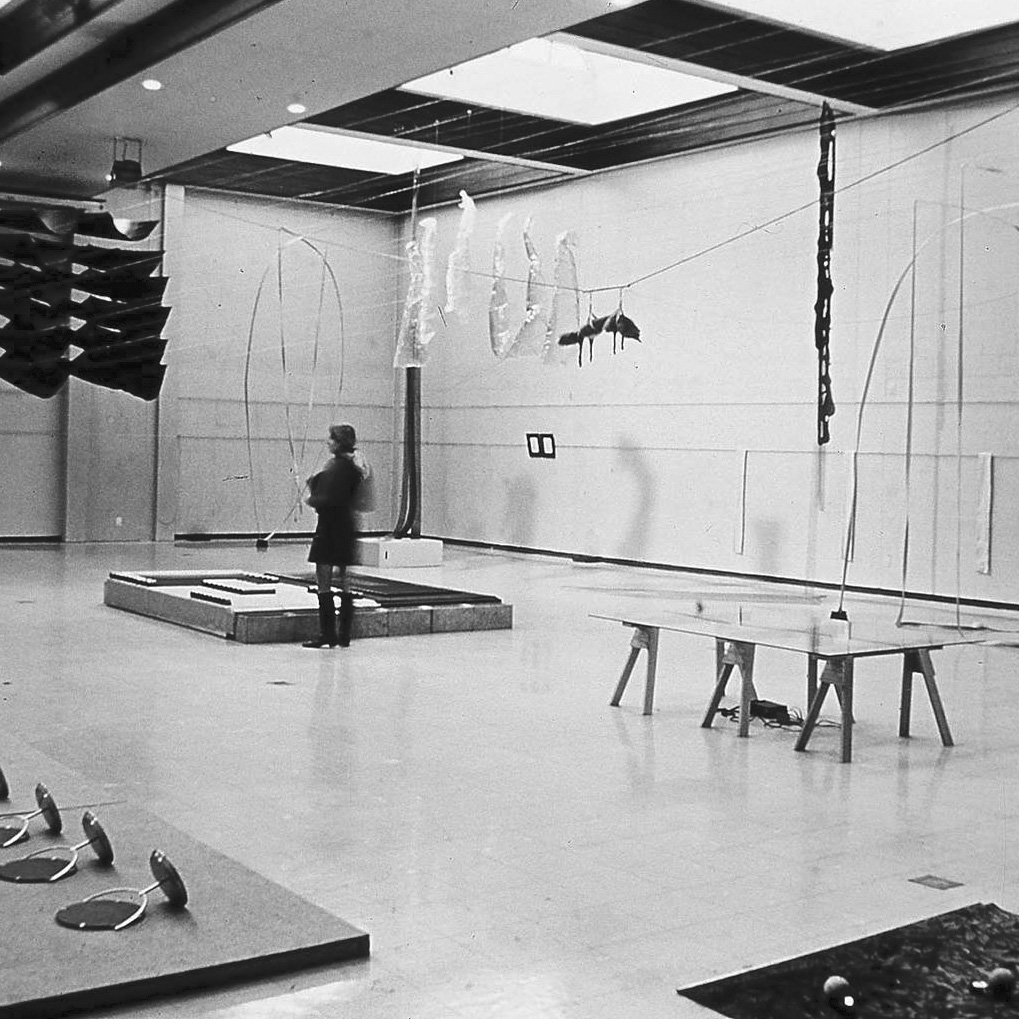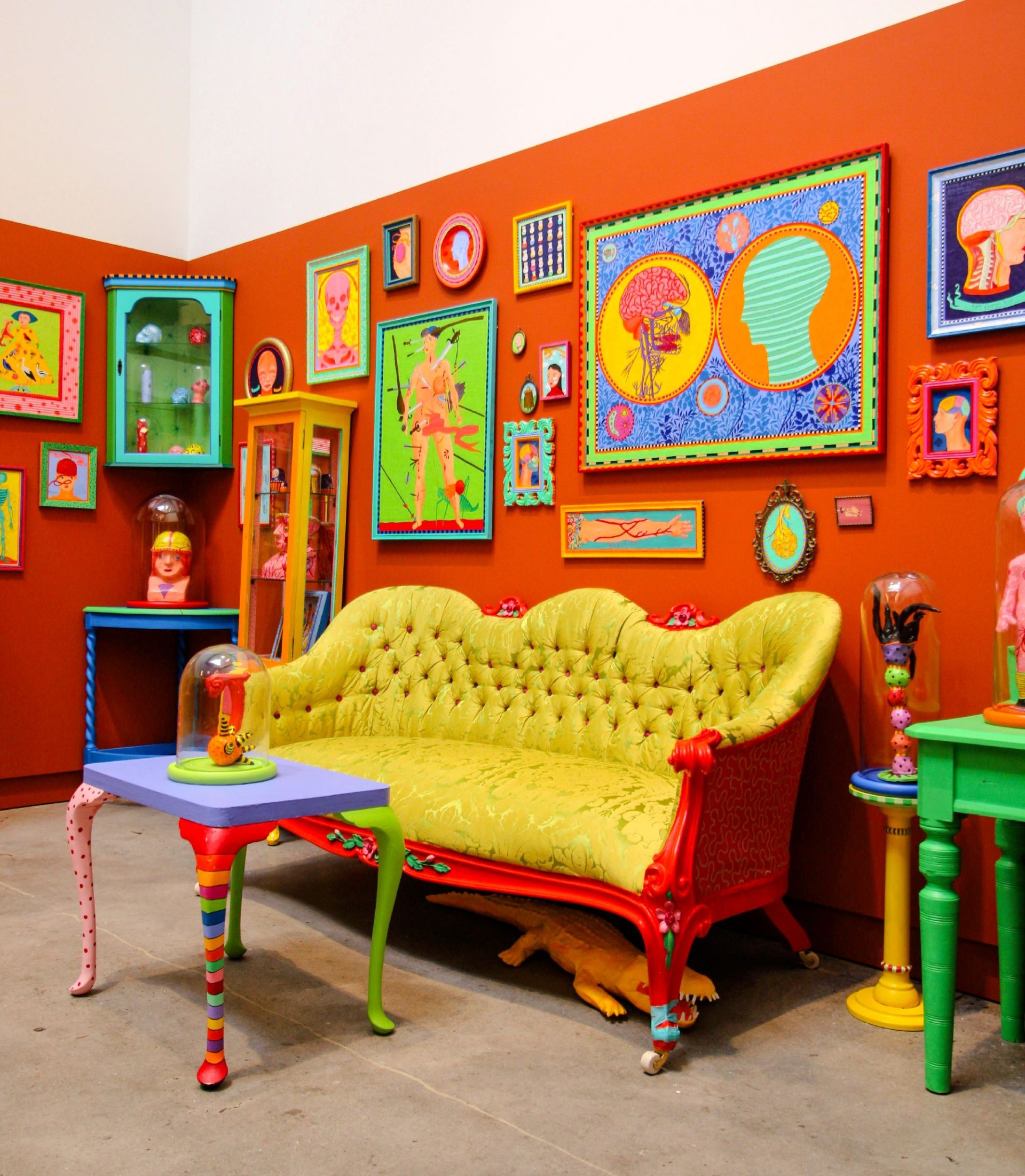CoCA enjoys a rich history. Formed in 1880 as the Canterbury Society of Arts (CSA), we were the first organisation in Ōtautahi to exhibit and collect works of art, and today, remain the oldest arts institution in the country.
CoCA acknowledges Ngāi Tūāhuriri iwi as mana whenua of this takiwā and as the rightful custodians of the land on which we stand.
Developing New Zealand Art
Since 1880, CoCA has played a significant role in supporting and advocating for the arts in Waitaha Canterbury, exhibiting the early work of generations of leading Aotearoa artists. From the beginning our objective was to nurture peoples relationship with, and love for, art.
In an effort to meet the needs and desires of both the artistic community, and wider community, over the decades, CoCA performed the roles of public gallery, dealer gallery and traditional arts society. The diversity of our exhibitions – a mix of enthusiastic amateurism and avant-garde practice – gained us a reputation in 1968 as being a ‘very swinging place’.

Purpose-built Gallery
In the 1960s, the CSA went out to the people of Canterbury to fundraise for a new purpose-built building in which to showcase contemporary art. Designed by Minson, Henning Hansen and Dines, our building is a major work of the modernist Christchurch style championed by a generation of Christchurch architects who favoured Brutalism.
Our 1968 building has received architectural awards, and remains one of the best examples of the Christchurch modern style. It boasts two galleries: the upstairs Ō Raki gallery and downstairs Ō Papa gallery.
Surviving Earthquakes
CoCA’s modernist building suffered significant damage in the 2010 and 2011 Canterbury earthquakes. In February 2011, CoCA closed to undertake earthquake strengthening, repair and refurbishment. Four years later, after a $4M refurbishment, the gallery reopened and became CoCA Toi Moroki Centre of Contemporary Art.
In 2021, CoCA partnered with Objectspace, presenting four seasons of exhibitions, before we paused programming to reassess our direction, and exhibition programming. In 2022, an extensive stakeholder and community consultation process was undertaken.

Re-imagining CoCA
In 2023, post community consultation, CoCA emerged with a re-imagined role within Waitaha as a gallery that serves its local community. We support artists from the Waitaha region, and Aotearoa artists from around the motu to exhibit work, and to bring art to our community.
To strengthen our financial sustainability, and to support our arts sector, CoCA has leased its Ō Raki gallery to the Canterbury Museum Pop-Up while the museum is redeveloped. CoCA continues to present a changing exhibition programme in its Ō Papa gallery.
Collaboration with mana whenua, local arts organisations, tertiary providers in Waitaha Canterbury allows us to collectively nurture talent, enhance arts in our community and continue the CSA legacy.
